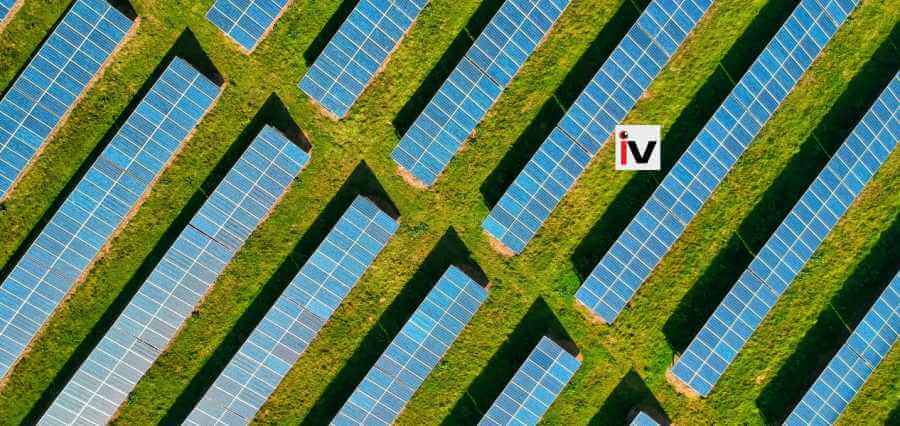Noticing the increase in savings across the board in the UK, proving its value in both using renewable energy and reducing the cost of energy, co-located Solar Photo Voltaic (PV) and Battery Energy Storage Systems (BESS) have proved their importance.
Solar Energy UK said, “Solar energy harnessed via PV and BESS in a mid-terrace home compliant with the Future Homes Standard 2025 could result in lifetime savings of around £40,000.”
Due to volatility in the wholesale gas market, households across the UK have been particularly vulnerable to high energy bills, causing even more concern as the cold winter months approach. This has become more apparent as a result of the energy crisis.
National Energy Action clarified giving an example, “8.4 million UK households will be in fuel poverty from April when the current support schemes either end or change to a higher rate.”
According to the Future Homes Standard 2025, carbon emissions from new buildings must be reduced by at least 70% to 80% compared to current levels. Several technologies, most notably solar and BESS, have been touted as potential pathways to decarbonization to achieve this. Heat pumps could also be used to cut carbon emissions as well.
The £40,000 savings in a mid-terrace home are compared to one that does not have any energy efficiency measures in place. These savings could be increased if technologies like heat pumps were used.
According to the modeling, the best-case scenario for a detached home that meets the housing standard and has solar thermal, solar PV, and BESS would result in annual savings of between £2,000 and £3,000. Solar Energy UK confirmed that this would result in lifetime savings ranging from £202,000 to £242,000.
Solar energy could result in significant savings and cost reductions for more than just mid-terraced buildings. Solar Energy UK modeled detached homes, semi-detached homes, and a housing association end-of-terrace home to determine the savings that could be made by using solar energy and batteries.
A semi-detached house in Scotland would also save between £3,000 and £4,000 depending on the source of heat used. This case study had been used in a suboptimal manner, with panels oriented east-west rather than southward toward the sun.
Dr. Richard Hauxwell-Baldwin, Research and Campaigns Manager for MCS Charitable Foundation said, “Many of the questions raised by the energy crisis can be answered by harnessing the power of the sun, such as how to keep warm without breaking the bank, achieve net zero, reduce bills, and strengthen energy security.”
He further adds, “Apart from the obvious environmental benefits of installing solar, this timely report demonstrates why it makes financial sense to make the solar standard for the country’s new homes.”
The savings for a housing association end-of-terrace home in London that is also socially rented would be split between the housing association and the residents. Both would benefit from excess power exported to the grid and increased confidence in the tenant’s ability to pay rent. The savings for a housing association end-of-terrace home in London that is also socially rented would be split between the housing association and the residents.
Adding to that Solar Energy UK mentioned, “Both would benefit from excess power exported to the grid and increased confidence that the tenant can afford to pay rent.”
Stuart Elmes, Founder, and Chief executive of Viridian Solar said, “This timely analysis from Solar Energy UK demonstrates that solar is a key enabling technology for the transition to electric heating, mitigating residents’ additional operating costs. Solar is critical to the implementation of the Future Homes Standard.”
In total, residents of this building would save between £496 and £772 in the first year. The industry has welcomed these cost-cutting estimates.

